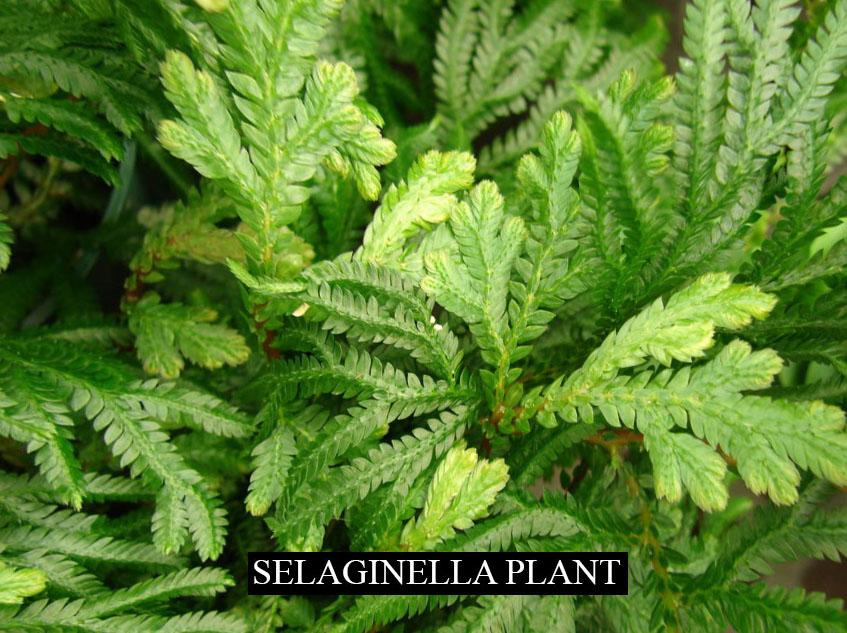
The number of male prothallial cells in the Selaginella plant is
(a)One
(b)Two
(c)Twelve
(d)Numerous
Answer
515.1k+ views
Hint: Prothallial cells are also known as vegetative cells and are found in the male gametophyte of the Selaginella plant. The male gametophyte is the haploid plant structure that is formed after the germination of the male spores released from the sporophytic body.
Complete answer:
Selaginella is a pteridophyte plant whose main plant body is sporophytic (diploid) in nature. The number of prothallial cells in the Selaginella plant is one which is formed by the first unequal division in a microspore which results in the formation of this one small prothallial cell and a large antheridial cell. The microspore divides further to form the male gametophyte. At the mature stage, the male gametophyte is said to be at a 13-celled stage in which it consists of one prothallial or vegetative cell, 8 jacket cells, and 4 primary androgenic cells.
Additional Information: Let us look in detail at the formation of the male gametophyte of the Selaginella plant.
-The process of formation of male gametophyte begins with the germination of the male spore which results in the formation of 1 prothallial and 1 antheridial cell.
-The antheridial cells further vertically resulting in the formation of two primary antheridial cells but the prothallial cell does not divide any further.
-The two upper antheridial cells divide to form four antheridial cells whereas the lower two cells do not divide and make the first jackets cells of the antheridium.
-The antheridial cells continue dividing to give rise to more jacket cells and antheridial cells.
-The male gametophyte is released at the 13-celled stage and contains 1 prothallial, 8 jacket, and 4 and antheridial cells. These antheridial cells divide further to form antherozoids (biflagellate sperms).
So, the correct option is ‘One’.
Note:
-The sperms of Selaginella are said to be the smallest in all of the vascular plants.
-The entire process of development of male gametophyte took place inside the microspore and thus it is known as endosporic development.
-Selaginella is known as the resurrection plant because it looks dry and lifeless in dry conditions but becomes full of life when water is provided to it.

Complete answer:
Selaginella is a pteridophyte plant whose main plant body is sporophytic (diploid) in nature. The number of prothallial cells in the Selaginella plant is one which is formed by the first unequal division in a microspore which results in the formation of this one small prothallial cell and a large antheridial cell. The microspore divides further to form the male gametophyte. At the mature stage, the male gametophyte is said to be at a 13-celled stage in which it consists of one prothallial or vegetative cell, 8 jacket cells, and 4 primary androgenic cells.
Additional Information: Let us look in detail at the formation of the male gametophyte of the Selaginella plant.
-The process of formation of male gametophyte begins with the germination of the male spore which results in the formation of 1 prothallial and 1 antheridial cell.
-The antheridial cells further vertically resulting in the formation of two primary antheridial cells but the prothallial cell does not divide any further.
-The two upper antheridial cells divide to form four antheridial cells whereas the lower two cells do not divide and make the first jackets cells of the antheridium.
-The antheridial cells continue dividing to give rise to more jacket cells and antheridial cells.
-The male gametophyte is released at the 13-celled stage and contains 1 prothallial, 8 jacket, and 4 and antheridial cells. These antheridial cells divide further to form antherozoids (biflagellate sperms).
So, the correct option is ‘One’.
Note:
-The sperms of Selaginella are said to be the smallest in all of the vascular plants.
-The entire process of development of male gametophyte took place inside the microspore and thus it is known as endosporic development.
-Selaginella is known as the resurrection plant because it looks dry and lifeless in dry conditions but becomes full of life when water is provided to it.

Recently Updated Pages
Physics and Measurement Mock Test 2025 – Practice Questions & Answers

NCERT Solutions For Class 5 English Marigold - The Little Bully

NCERT Solutions For Class 12 Maths Three Dimensional Geometry Exercise 11.1

NCERT Solutions For Class 11 English Woven Words (Poem) - Ajamil And The Tigers

NCERT Solutions For Class 6 Hindi Durva - Bhaaloo

NCERT Solutions For Class 12 Physics In Hindi - Wave Optics

Trending doubts
Which are the Top 10 Largest Countries of the World?

Differentiate between homogeneous and heterogeneous class 12 chemistry CBSE

Why is the cell called the structural and functional class 12 biology CBSE

a Tabulate the differences in the characteristics of class 12 chemistry CBSE

Who discovered the cell and how class 12 biology CBSE

Draw a labelled sketch of the human eye class 12 physics CBSE




